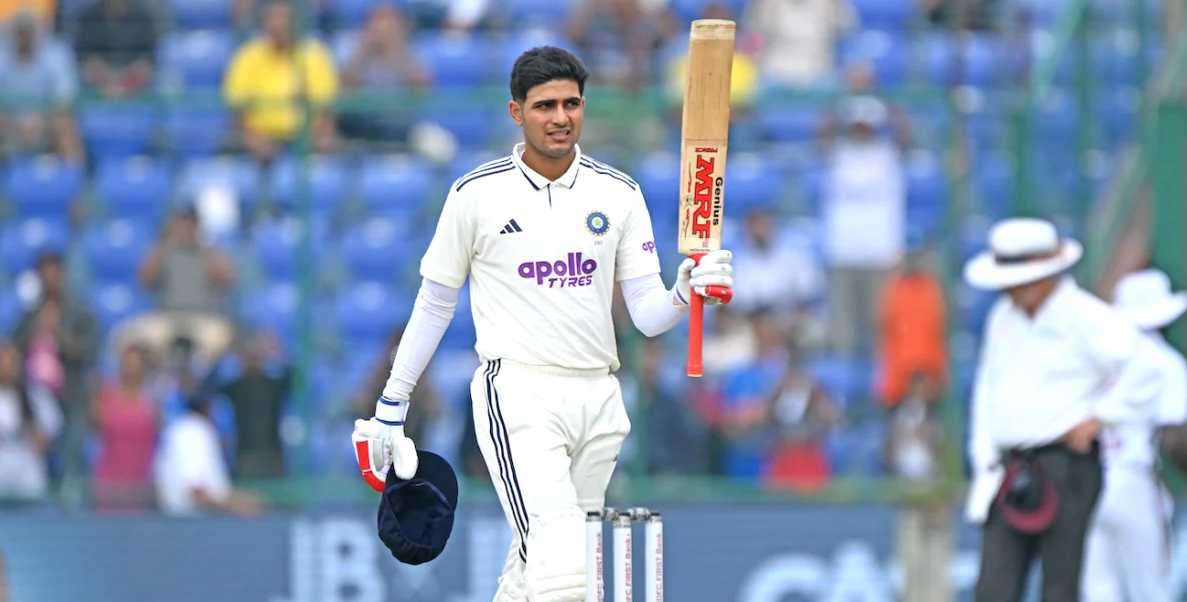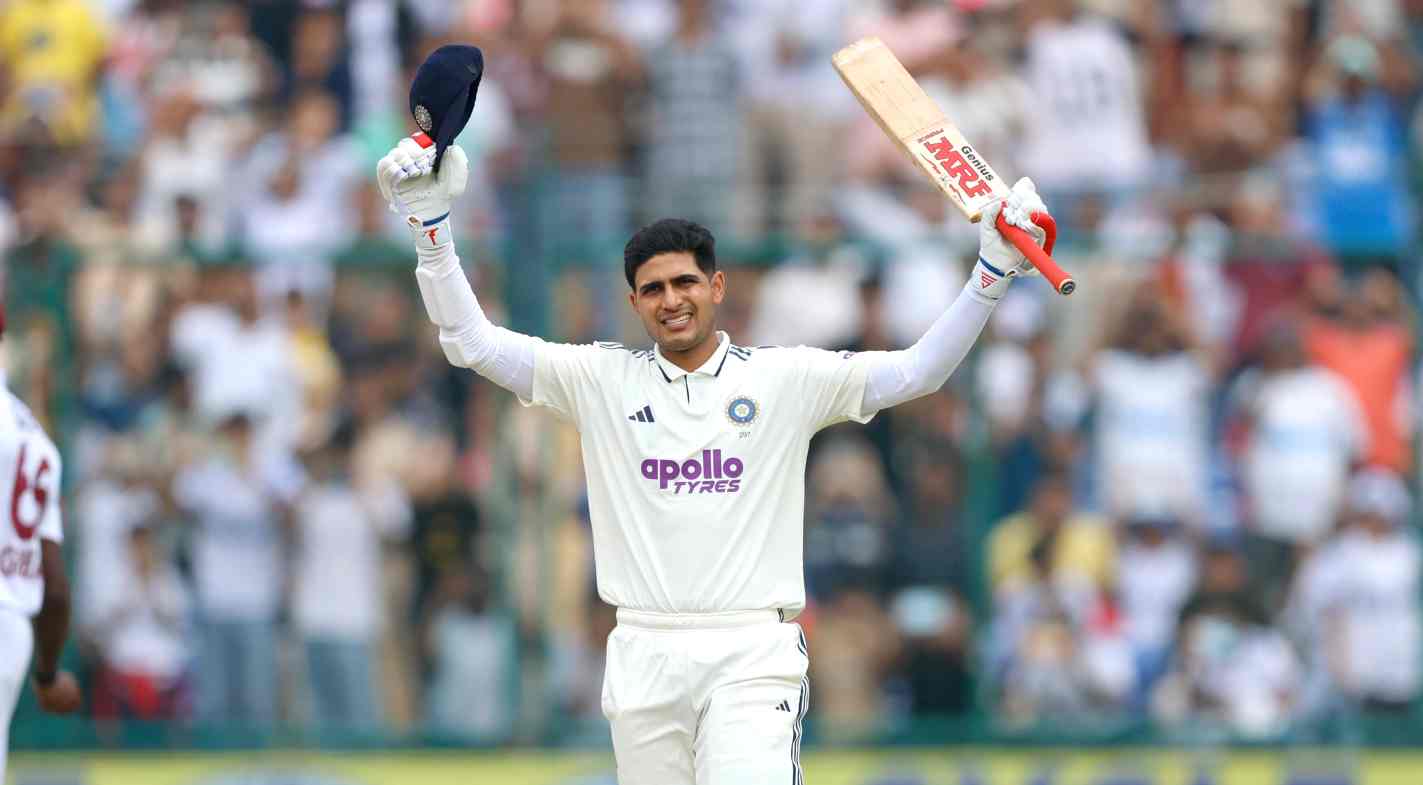Shubman Gill’s batting evolution under captaincy reflects confidence and maturity — find out what’s behind his stellar form.

Shubman Gill equaled Virat Kohli’s record of 2017 and 2018 when he celebrated his fifth Test century as captain in 2025. It’s now the joint record for most red-ball centuries as an India captain in a calendar year. He will have five potential innings to touch or overtake Ricky Ponting’s world record of seven centuries of 2006. Test captaincy comes with prestige and pressure, but Gill hasn’t met the latter yet.
When the Punjab-born replaced Rohit Sharma as the new Test captain after the veteran’s retirement, many doubted his caliber. It’s natural to be under pressure for an away England series in the absence of Rohit and Kohli, who hung up their Test shoes. But Gill was not fussed about any of these. He took the responsibility like a duck to water. And he continued to flourish in various situations.
Going into the England series, Gill’s batting average was around 35. But since getting captaincy, he has improved it to around 42. That’s another proof of how the responsibility of leading a side has given a fillip to his batting. It is also a great sign for the management to believe Gill could be given the extra responsibility of leading the Blue Brigade.
Read More: IND vs WI 2025-26, 2nd Test, Day 2: India in commanding position courtesy Gill’s 129*, Jadeja’s 3-37
Shubman Gill’s smart and flawless century in Delhi
By the time Gill walked into the middle on the opening day of the second Delhi Test against the West Indies, around 90 minutes of play were left. He decided to build his innings without any risk. Apart from a couple of boundaries, there was hardly any attacking shot off his blade.
The second morning started with the unfortunate run-out of Yashasvi Jaiswal on 175. That was the vital moment for Gill to forget the mistake and focus on his batting. And he did exactly that. For not a single moment, it looked like he would play any bad shot. One of the highlights of his knock was the pickup shot over the mid-wicket region for several boundaries.
Some of the shots from the 26-year-old on that day looked like poetry in motion. The best of those was the wristy flick off Jayden Seales that raced away through the mid-on region. By the time he got into the 90s, Gill only looked to rotate the strike. There was the same calmness that he displayed in England. He cut the short ball from Khary Pierre and came back for the third run to complete his 10th Test century.
Soon after completing the hundred, Gill took the aggressive route and smashed the ball around the park. His unbeaten 129 runs have pushed the average to 84.81 as captain, which is second only to Donald Bradman’s 101.51.
Untroubled and inevitable. Another Shubman Gill century
— Harsha Bhogle (@bhogleharsha) October 11, 2025
Read More: Shubman Gill’s Test average goes 40+ after his epic 269 at Edgbaston

Shubman Gill’s calmness and growth help his batting as India’s Test leader
Against the Ben Stokes-led side, Shubman Gill used his calm nature for success. Being 1-0 down, the pressure was huge even on a young captain. But he made the statement with his 269-run knock during the first innings of the second Edgbaston Test. That laid the platform for the visitors to get near the 600-run mark. In the second innings, the requirement was to score quickfire runs, and the right-handed batter clubbed 161 runs in 162 balls.
In Manchester, they were again behind by a 2-1 margin. After conceding a lead of over 300 runs, the tourists were 0/2 in the very first over. That was when Gill celebrated 103 runs in 238 balls. This is where he worked on his mindset.
One of the huge technical aspects is playing the ball late in England. He scored truckloads of runs behind the stumps, which was due to giving the ball enough time to move. Moreover, he maintained a steady head position, which prevented him from losing balance while playing on the leg side.
Before the West Indies series, the speculation was whether he could tackle the left-arm spin. In 2024, he was dismissed eight times against the left-arm spinners in 14 Test innings at an average of below 30. He has improved on that aspect to score an unbeaten 105 runs in four innings this year in that battle.
During the Delhi Test, Gill knew the importance of moments. He knew where to attack a particular bowler, who had a specific field placement. He smashed runs against six of West Indies’ seven bowlers. Against Jomel Warrican, who earned square turn off the surface, the batter collected only 12 runs off 70 balls. Out of those, 60 deliveries were dots.
It was the kind of knocks Sachin Tendulkar used to play in the 90s at home. For Rahul Dravid and VVS Laxman, these were routines in the 2000s. Cheteshwar Pujara and Virat Kohli also made it a habit from 2016 to 2019, when India used to produce balanced tracks. Gill also confirmed that they would try to bring the balance back in their home pitches after going down 0-3 to New Zealand last year.
The trend for Gill is simple. Since becoming the captain, he hasn’t failed in two consecutive Tests. Now, he has the added pressure of the ODI captaincy. The home fans hope to see him keep the same rhythm in Australia and the following South Africa series.
Read More: Where does Shubman Gill’s 269 rank in the list of best 250+ knocks by India batters in Tests

